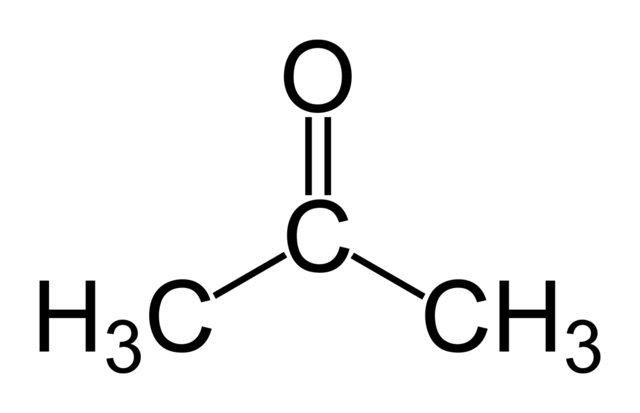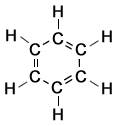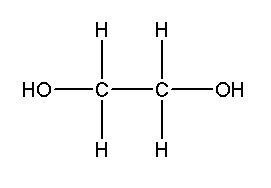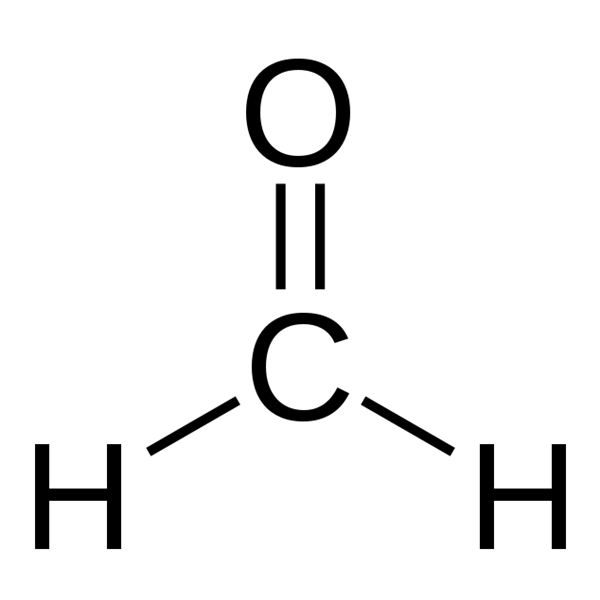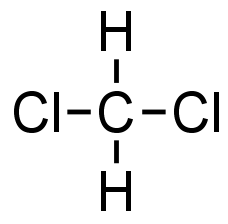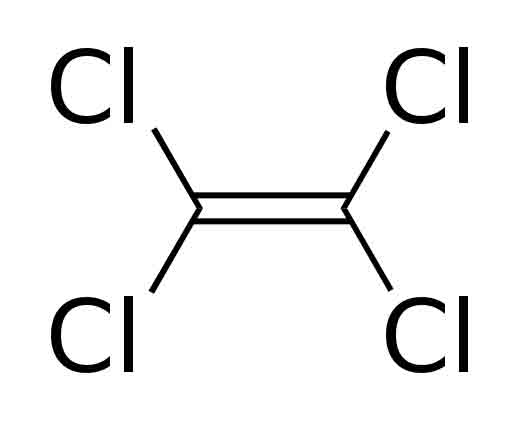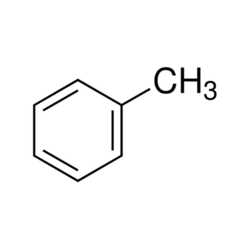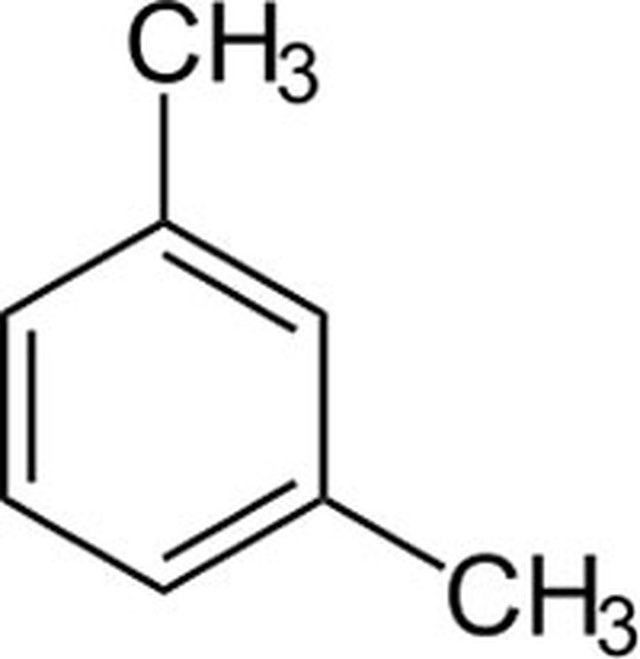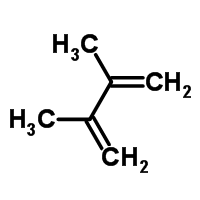What are Formaldehyde and VOC?
Formaldehyde is a common chemical that has a strong pickle-like odor. It is currently used in thousands of products as an adhesive, bonding agent and solvent. Formaldehyde may also be formed when other chemicals break down. Formaldehyde is classified as a volatile organic compound (VOC). VOC's are chemicals that become a gas at room temperature. As a result, products made with formaldehyde will release the gas into the air. This is called off-gassing. If high concentrations of formaldehyde are off-gassed and breathed in, it could cause health problems.




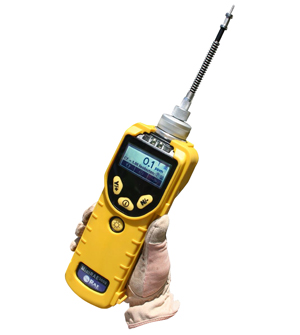 levels below 0.10 ppm. However, some people are sensitive to formaldehyde and may experience health effects at levels below 0.10 ppm. If you have levels of formaldehyde that exceed 0.10 ppm it is recommended that you take steps to reduce the levels by removing the source if feasible.
levels below 0.10 ppm. However, some people are sensitive to formaldehyde and may experience health effects at levels below 0.10 ppm. If you have levels of formaldehyde that exceed 0.10 ppm it is recommended that you take steps to reduce the levels by removing the source if feasible.
